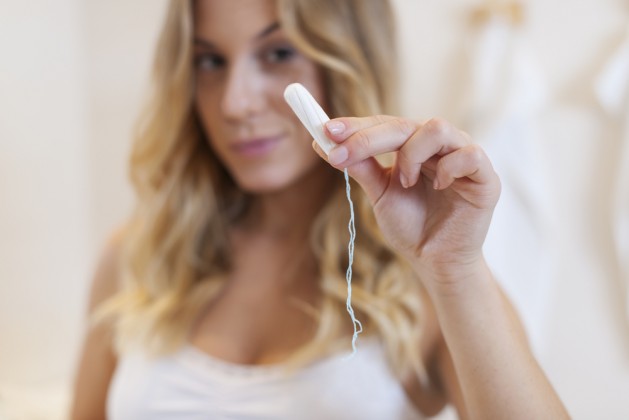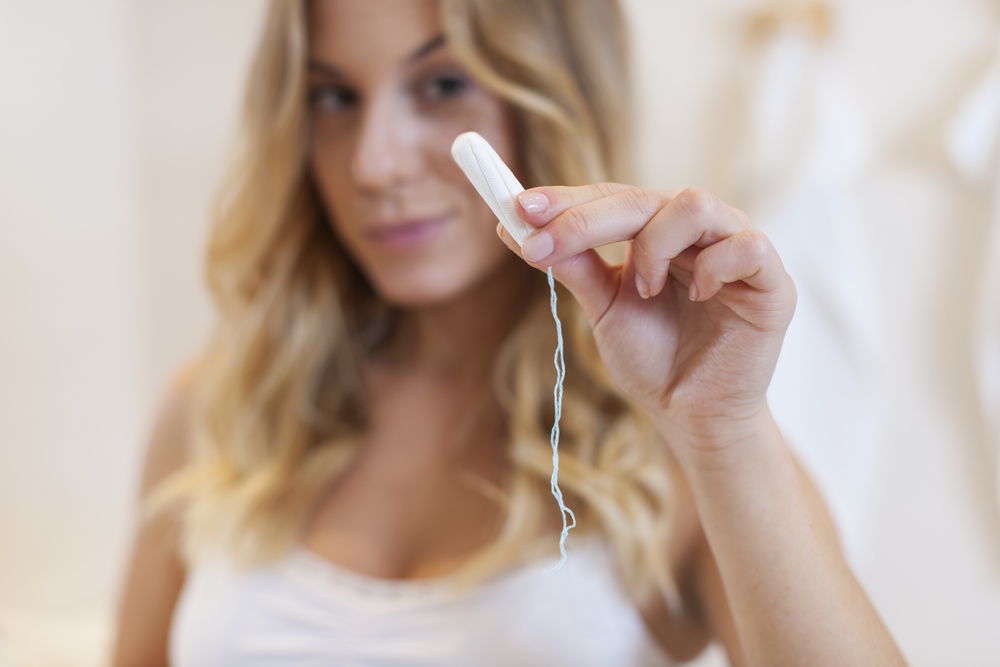
Why should you have to pay for supplies to take care of a biological function when you have no choice in the matter? Sure, it’s true that we have to pay for supplies like toilet paper to take care of other bodily functions. But tampons and other feminine supplies only affect women, and it’s not like you can simply choose not to get them. The average American woman spends up to $250 a year on tampons and pads. Multiplied by 40 years of menstruation, that’s one of many ways that women are getting a raw deal.
To make matters worse, 40 states charge tax on these supplies. Some states even call it a “luxury tax,” as though keeping ourselves sanitary and clean is a luxury. Some states even consider it a “sin tax”! You’ve probably been hearing a lot more about this topic now than you used to because women are signing petitions to change this highly unfair tax law. Canada eliminated their tampon tax in 2015, and there are a lot of good reasons we should do the same. We need to talk about—and change—a lot of things related to periods.
The Situation for Lower-Income Women
A middle-class woman is likely to go to the store to pick up tampons and might grumble a bit about the unfairness of shelling out another $10 bucks for something she doesn’t want to buy in the first place. But there’s no question that she’ll always have the money to buy them, and will probably even be able to console herself with a pint of Ben & Jerry’s.
Lower-income women are in a much more vulnerable situation, though. Food stamps don’t cover tampons, so many women have to trade food stamps or scrounge for enough money to get another box of tampons every month. It can cause a serious moment of panic to start bleeding and realize that you’re down to your last two dollars, which is nowhere near enough to pay for a box of supplies.
Homeless women are also in a situation that makes it nearly impossible for them to afford tampons. Food banks rarely have personal hygiene products of any sort, but almost never have feminine products. Think about that next time you gather up a bag of canned goods for your local food drive and throw in a box of tampons. Some woman out there really needs them.
Women in Developing Countries
Think it’s awkward to talk about menstruation in the U.S.? It’s nothing compared to what women in developing countries go through. There’s still so much stigma around the topic of periods that nearly half of all women in Iran think menstruation is a disease. Many countries have strange taboos about preparing food or bathing during your period. And in many parts of Africa, lack of access to sanitary products is the number one reason that young women miss school. Since pads are too expensive, most women rely on ineffective things like leaves, newspapers and rags.
Support Women
If we really want to support women right here at home, we’re long past the time of needing to discuss this issue and make some changes. There shouldn’t be any stigma about menstruation when it’s a normal experience for half the population.
Even if making tampons free may be an unrealistic goal, we can make changes to make them easier to get and more affordable. We can start by petitioning to eliminate the “tampon tax” and to be able to buy them with food stamps. We can fight harder to have free tampons available in the bathrooms at our workplaces. We can donate supplies to food pantries to other women who don’t have the money to buy tampons this month. Most of all, we need to remember that as half the population, we have a lot of power to change things for women all around the world. It’s time to get over the stigma.



